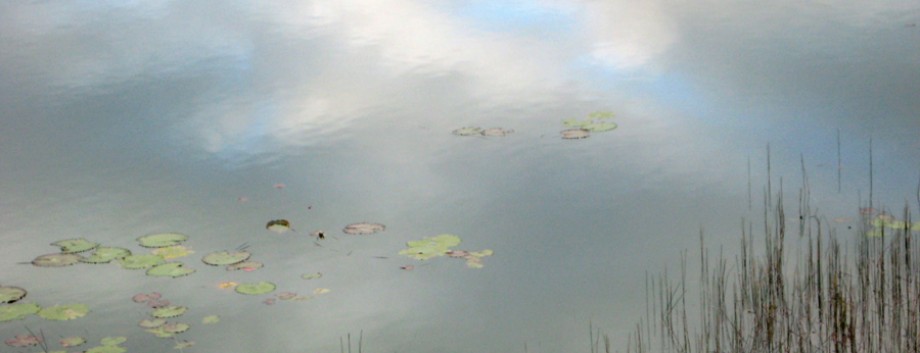When someone quits telling their story of pain and trauma from a past event, that’s clear evidence they’re healed. Right? I say that in the sense they aren’t continually re-engaging with the painful past by bringing it up, hence reinforcing it. They’ve resolved it through some means, and integrated another way of living.
Not so fast. For many, that’s only partly true. A large part of them may have moved on, having found a way to reframe it. However, some part may have taken it underground…inconveniently emerging when triggered in any number of ways. It’s the survival response to a perceived threat, even if it isn’t active today. It can be as subtle as procrastination, varying degrees of physical symptoms or full-blown fight-or-flight response. It’s the slippery, tenacious residue that hangs on, not yet convinced its vigilance is no longer needed.
 Close to two years ago, I became aware of an intervention called Brainsweep. It gained my interest on a number of levels. First, it was said to be quite effective for PTSD ⎯ so widespread in the world these days ⎯ and troubling memories that cause issues in present-day life. I know without a doubt…we’re holistic beings. If healing takes place in one area of our make-up, it will have an effect elsewhere within our system. That includes extension to family and others. So, that was attractive.
Close to two years ago, I became aware of an intervention called Brainsweep. It gained my interest on a number of levels. First, it was said to be quite effective for PTSD ⎯ so widespread in the world these days ⎯ and troubling memories that cause issues in present-day life. I know without a doubt…we’re holistic beings. If healing takes place in one area of our make-up, it will have an effect elsewhere within our system. That includes extension to family and others. So, that was attractive.
Second, it appealed to me because there was no need to disclose the content of the issue at all. No re-engagement of the problem. Finally, and perhaps the most important, it’s a safe, simple set of techniques you’re taught so you can do it for yourself whenever needed, or as a practice toward prevention. Once you’ve learned it, you’re not tied anyone…unlike other methods. You’re autonomous. You’re empowered.
The effect is immediate and maintains. There’s no need for the mind to understand the issue or know the cause. What a relief. No need to get wrapped around the axle. In fact, that would get in the way. Brainsweep works with the brain and an easy technique using the hands. That’s it.
I became certified in Brainsweep interventions. I’m offering it now under the life enhancement coaching part of my work, sometimes in conjunction with my Lifepath Design program. But before I expanded my practice, I wanted to make sure it works as reported.
The first stop was myself. I’ve undergone powerful, significant changes in my life, undertaken with intent, over the last 25 years. With all that, there were a few areas that I knew had not completely cleared, that still popped up periodically in annoying ways. In self-administering Brainsweep, they released. Circumstances that used to trigger a response…just don’t. Most profoundly though, I was diagnosed with a rare, incurable eye disease that had increasingly interfered with everyday functioning, aside from my ability to work. I returned to normal functioning after using an advanced level of Brainsweep over a 5-day period. You can read my story here.
Over the last 18 months, I’ve taught it to a number of people dealing with anything from PTSD to painful physical issues to disruptive behaviors. They’ve used it successfully to alleviate or completely expel their symptoms. You can read some of their testimonials here.
I’m now open for appointments to teach those who want relief and are committed to their own health and wellbeing. It doesn’t matter where in the world you are, I offer sessions online via video chat. I also teach in-person sessions locally in the Prescott, Arizona area on a limited basis. Just get in touch.

